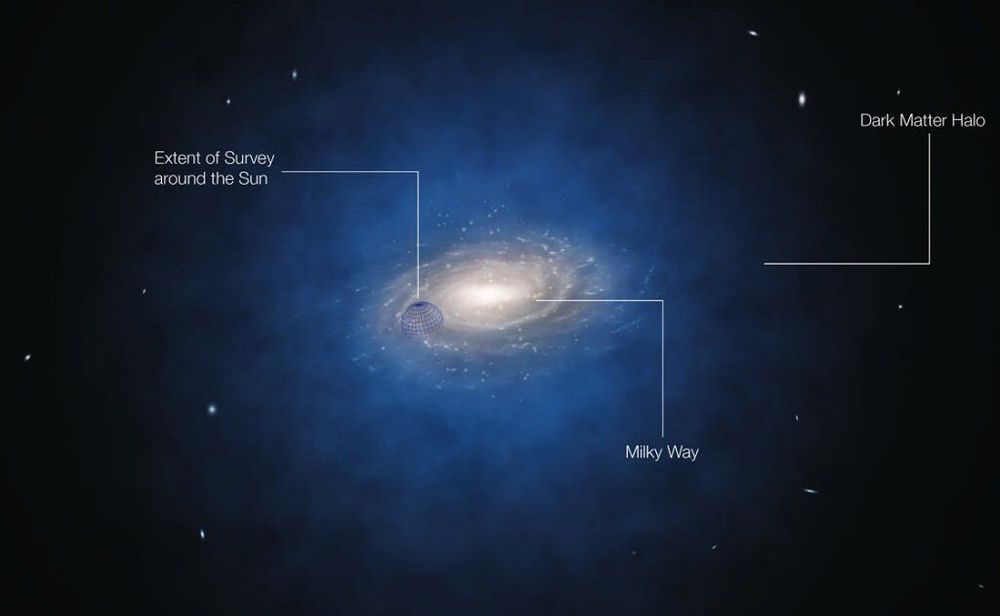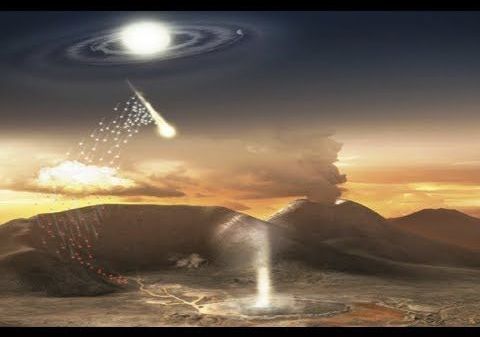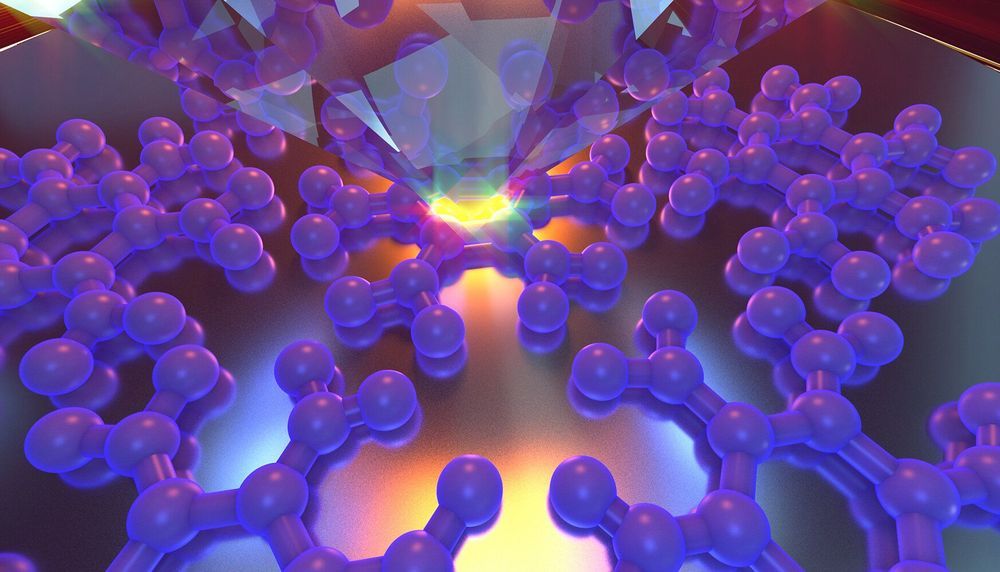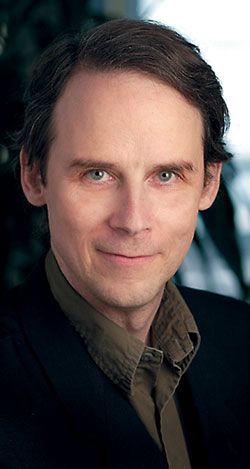May 30, 2019
Purposeful Evolution: Creating an Ethical, Prosperous Future
Posted by Shailesh Prasad in categories: evolution, neuroscience
More often than not, we fall into the trap of trying to predict and anticipate the future, forgetting that the future is up to us to envision and create. In the words of Buckminster Fuller, “We are called to be architects of the future, not its victims.”
But how, exactly, do we create a “good” future? What does such a future look like to begin with?
In Future Consciousness: The Path to Purposeful Evolution, Tom Lombardo analytically deconstructs how we can flourish in the flow of evolution and create a prosperous future for humanity. Scientifically informed, the books taps into themes that are constructive and profound, from both eastern and western philosophies.
Continue reading “Purposeful Evolution: Creating an Ethical, Prosperous Future” »
















